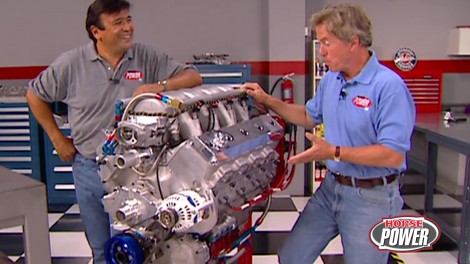
1000 HP Engine Build-up
In the horsepower shop, we delve into the latest in monster motor technology by examining a colossal 1000 cubic inch engine suitable for both roads and racing. Simultaneously, we enhance a budget 1994 Honda Civic's performance with a new intake and exhaust system, achieving a 12% horsepower increase. As well as these exciting builds, we give crucial tips for alleviating starter heat issues in high-compression engines, ensuring reliable starts and cruising satisfaction.
Season 6
Episode 2
Hosts: Joe Elmore, Chuck Hanson
First Air Date: September 23, 2022
Duration: 21 minutes 56 seconds




























